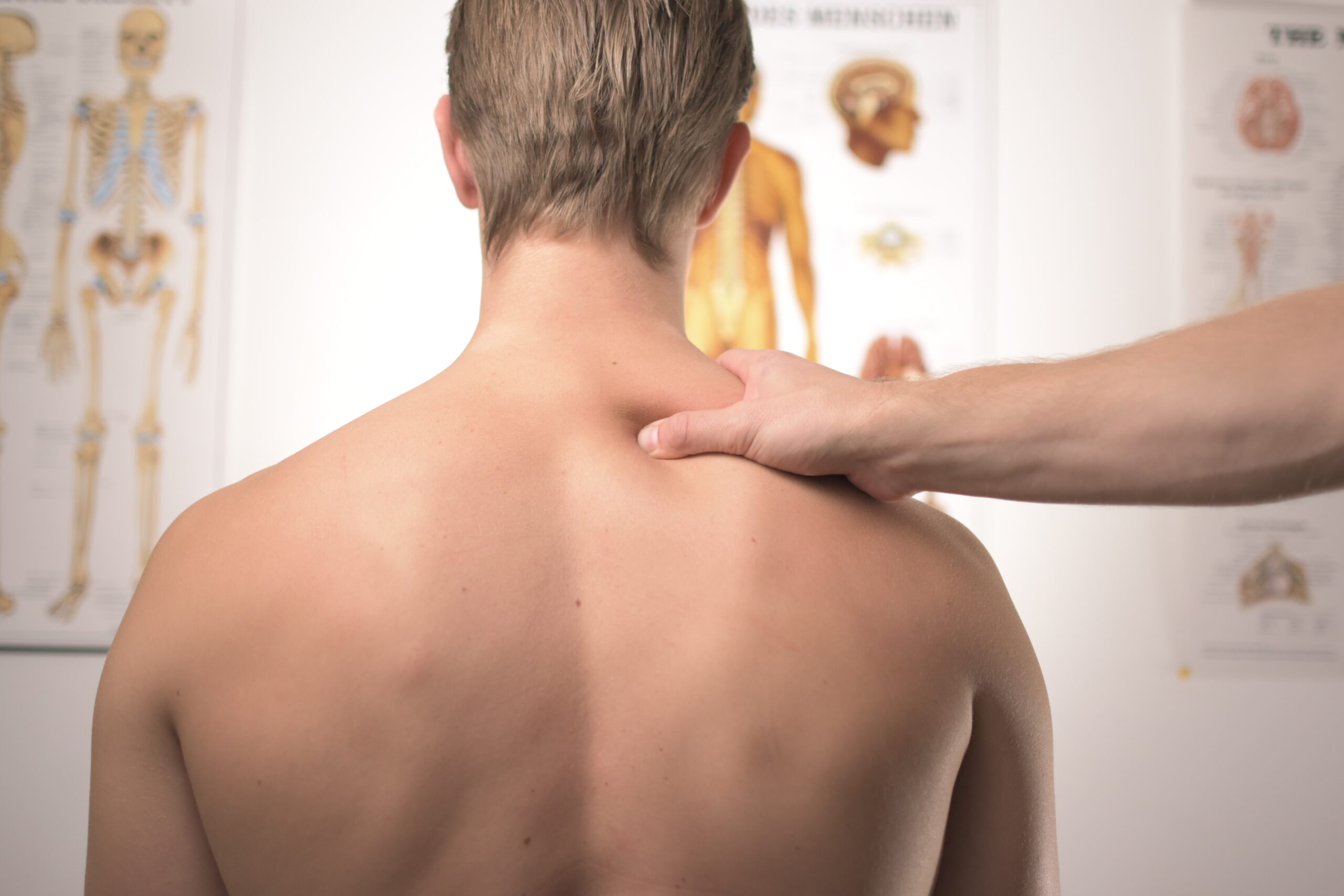


Sometimes pain has a purpose. Pain can alert you that you’ve hurt yourself, for example. But sometimes, pain can linger for a long time, causing needless suffering and spoiling your quality of life. If your problem has been around for a long time, you should know you have more treatment options now than ever before. If you’re not comfortable always taking medication, here are some non-invasive pain management techniques that you could try, that don’t require a taking a pill.

1. CBD Oil
Marijuana has been used to treat pain for centuries. In recent years, scientists have found that some components of marijuana, including CBD, are responsible for the pain-relieving effects.
The body has a system called the endocannabinoid systems (ECS), which regulates functions like seep, appetite, immune system response, and pain. The body produces endocannabinoids, which are neurotransmitters that bind to cannabinoid receptors in your nervous system.
CBD can reduce chronic pain by impacting endocannabinoid receptor activity, reducing inflammation and interacting with neurotransmitters.
Learn more about CBD oil here.
2. Cold and Heat
These classic methods of pain relief are still the cornerstone or pain relief for some kinds of injuries. You can use a hot or cold pack that you’ve made yourself, but if that doesn’t do the trick, you can ask a physical therapist or a chiropractor for suggestions for their versions of these treatments. These might be able to penetrate deeper into the muscle and tissue.
3. Exercise
Physical activity plays a crucial role in interrupting the cycle of pain. You don’t exercise because you’re in pain, and the lack of exercise then causes more pain.
Gentle exercise can also ease reduced mobility that are caused by some chronic conditions like fibromyalgia or arthritis. Start with mild aerobic activity, like swimming, walking, or cycling. Swimming is ideal, as the whole body gets a workout, while the water supports your joints, preventing further injury.
4. Physical Therapy and Occupational Therapy
These two therapies can be an important tool in the struggle against pain. A physical therapist will guide you through a series of exercises that are designed to preserve or improve your strength and mobility. An occupational therapist will help you to learn how to perform a range of daily activities in a way that won’t further aggravate your pain.
5. Mind-Body Techniques
Mind-Body techniques include breathing exercises, mindfulness, meditation, yoga, and many others. They can help you regain a sense of control over your own body and soothe your ‘fight or flight’ response triggered by pain and then worsen your pain and tension.
6. Yoga and Tai Chi
Both of these exercise styles incorporate breath control, meditation, and gentle movement. This stretches and strengthens muscles while also working to quiet the mind. There are a lot of studies that have shown that yoga and tai chi can help people to manage chronic pain that has been caused by a range of conditions, including headaches, lingering injuries, and arthritis.
7. Biofeedback
This is a technique that involves learning relaxation and breathing exercises, with the help of a biofeedback machine. This machine turns data on physiological functions, like your heart rate and blood pressure, into visual cues like a graph, a blinking light, or an animation. You can watch and modify the visualization to get a small amount of control over the way your body responds to pain.
8. Music Therapy
Many studies have been done that show that music can help to relieve pain during and after surgery and childbirth. Classical music is thought to work especially well, but there’s no reason that you couldn’t try whatever genre of music that you like best. Listening to any music can help to distract you from pain or discomfort.
9. Therapeutic Massage
Massage isn’t just an indulgence or a treat. It can also be used to ease pain by working tension from the muscles and joints. Massage relieves stress and anxiety, and can also help to distract you from the pain that you feel by introducing another sensation for you to pay attention to, that overrides pain signals.
10. Acupuncture
Acupuncture was once seen as a strange treatment, but it’s becoming a more mainstream treatment for pain. Studies have found that acupuncture can help with pain caused by conditions, including fibromyalgia, osteoarthritis, back injuries, and sports injuries.
Nobody is quite sure how acupuncture works to soothe pain, but it could be that it releases pain-numbing chemicals in the body, or that it blocks pain signals from the nerves.
11. Supplements and Vitamins
There is some evidence that shows that some dietary supplements and vitamins can help with some kinds of pain. Fish oil is commonly used to reduce pain associated with swelling. Topical capsaicin can help with arthritis, diabetic nerve pain, and other conditions. It’s thought that glucosamine can help to relieve mild to moderate pain caused by osteoarthritis in the knee.
If you choose to take supplements, remember that there are risks. High doses of Vitamin B can damage the nerves. Some supplements, including ginkgo biloba and ginseng, are thought to thin the blood and increase the risk of bleeding.
12. Therapy
Some people don’t like the idea of seeing a therapist, thinking that it suggests that their pain isn’t real. In fact, depression and chronic pain often go hand in hand. Chronic pain might cause or worsen depression, and depression can lower your tolerance for pain.
Therapy is worth considering. Cognitive behavioral therapy is primarily useful, offering a practical approach that allows patients to identify and change the thoughts and behaviour patterns that contribute to their struggles.
13. Chiropractic Manipulation
Mainstream medicine often regards spinal manipulation by a chiropractor with suspicion. However, it is becoming a more accepted and common treatment. It’s particularly effective for lower back pain.
14. Hypnosis
Some studies have found that hypnosis is a helpful tool to cope with different kinds of pain, including back pain, cancer pain, and repetitive strain injuries.
Try these alternative options to manage your pain, and be free of always having to rely on pain relief medication.
What other alternative pain management have you done? Let me know in the comments below!










COMMENTS MAKE ME HAPPY!